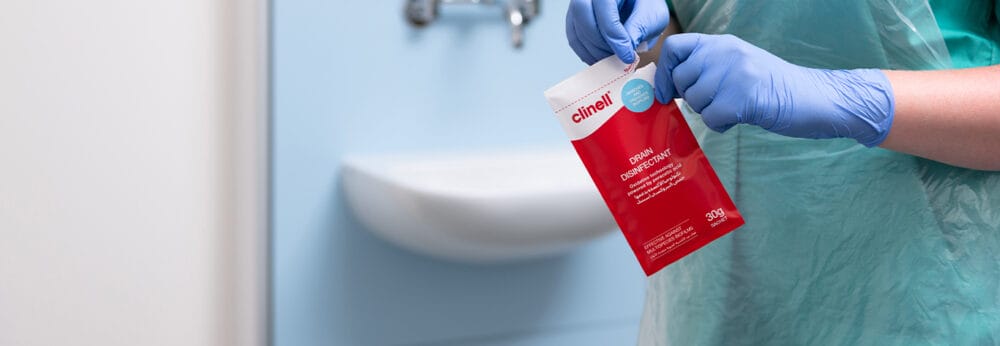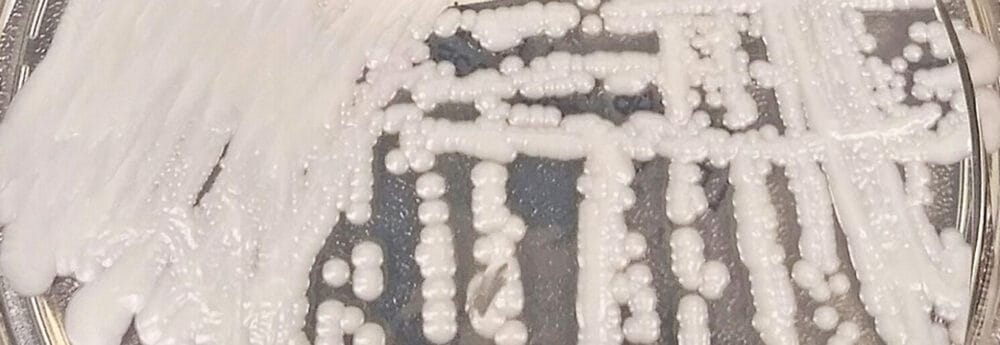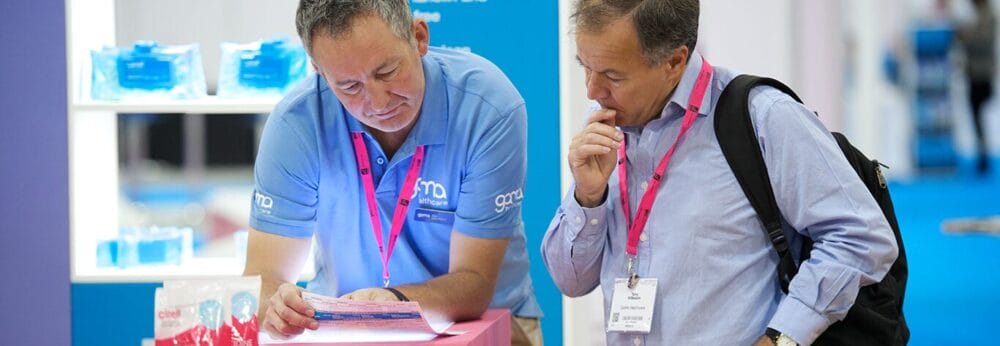Posts Tagged ‘BIOFILM’
Pipe down: Fighting drain-based biofilms at the source
We give an overview of wet surface biofilms; where you will find them, why they are a threat in healthcare settings and how you can manage them. There’s a city of microbes living in your drains, and you wouldn’t even know. The cities are biofilms and their residents are multispecies bacteria, which shelter inside protected…
Read MoreContamination of healthcare products by Burkholderia cepacia complex
The ubiquitous nature of microorganisms requires manufacturers to minimize the risk of contamination occurring, by designing quality assurance processes, training, and monitoring of their manufacturing systems. Whilst quality control procedures throughout the manufacturing process can help reduce the likelihood of contamination occurring, this is a continuous process where manufacturers review, refine and improve their procedures…
Read MoreHealthcare Infection Transmission Systems (HITS) Conference Summary
It’s the second time I’ve had the pleasure to speak at Healthcare Infection Transmission Systems (HITS) conference. The conference launched in 2017 and since then, provides an excellent platform for industry and academia to exchange knowledge, ideas and expertise. As always, there was a lot of excellent presentations and thought- provoking debates. The main areas…
Read MoreThe biofilm challenge for cleaning, disinfection, and sterilisation
In the AJIC special issue on ‘Disinfection, sterilization, and antisepsis’, there is a helpful State-of-the-Science mini-review on the importance of biofilms in medical device reprocessing and healthcare surface disinfection. The review covers the growing appreciation that biofilms present a tough challenging to cleaning, disinfection, and sterilisation attempts for both medical devices and surfaces in healthcare settings. The review draws…
Read MorePutting disinfectants through their paces using Candida auris dry surface biofilm efficacy testing
Candida auris is a high-profile emerging pathogen, which has caused large outbreaks both in the UK and elsewhere. C. auris can causes widespread environmental contamination, and isn’t susceptible to all disinfectants. This new study from Cardiff University extends previous findings by developing a dry surface biofilm efficacy testing model for C. auris. Worryingly, half of the disinfectants tested barely touched the C. auris in…
Read MoreUpdates from the Healthcare Infection Society’s 2018 conference
We enjoyed the recent Healthcare Infection Society’s 2018 conference in Liverpool, and thought we’d share a few highlights. You can view all of the submitted abstracts here and the invited abstracts here. The role of the environment in the transmission of HCAI was a strong theme throughout the conference, with key speakers discussing the relative importance of contaminated…
Read MoreLooking back to IPS 2018
It’s been a month or two since the 2018 Infection Prevention Society Conference in Glasgow, Scotland. So, we thought it would be a good time to look back and remind ourselves of some of the highlights from our point of view. You can access all of the IPS abstracts here. – Andreas Voss gave a fabulous…
Read MoreDry surface biofilms: it’s time for action
We blogged last week about a lab study illustrating the potential for dry surface biofilms to harbour bacteria that can then be transferred via the hands of healthcare workers. This week, a new study in the Journal of Hospital Infection illustrates dramatically the scale of the problem of dry surface biofilms in hospitals: a whopping 95% of 61 surfaces…
Read MoreThe role of dry surface biofilm in spreading hospital pathogens
We have discovered only in recent years that dry surface biofilms are commonplace on hard surfaces in hospital. A recent Australian study illustrates clearly (and alarmingly!) that bacteria can be transferred from dry surface biofilms to the hands of healthcare workers – and so probably have an important role in transmission. This simple lab study evaluated the…
Read MoreWhat healthcare workers should know about environmental contamination
A useful summary of current evidence highlights what healthcare workers should know about environmental contamination in hospitals. Whilst the focus of the article in the ICU, the principles are the same for healthcare workers in other settings too. Bacteria contaminate the inanimate environment; this contributes to patient acquisition of pathogens; biofilms play an important but uncertain role;…
Read More




